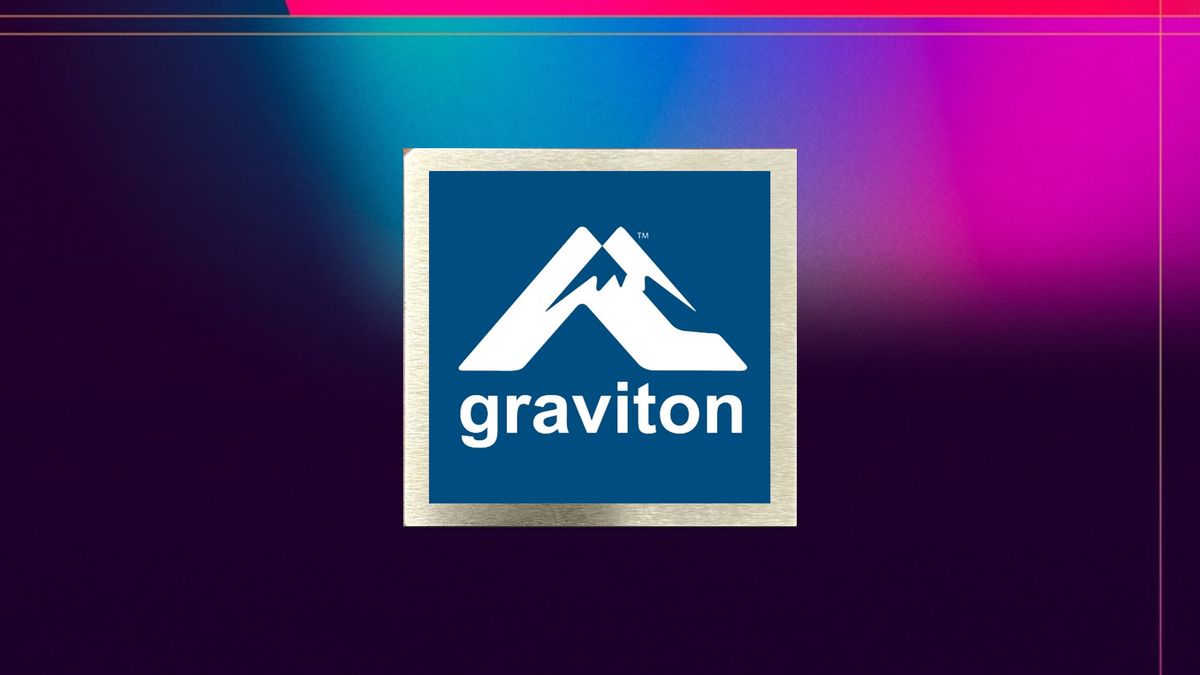When T-Mobile officially launched its T-Satellite service in June, the Starlink-based service went live with the ability to send texts via satellite from most recent phones. The company also promised that starting in October, developers would be able to let their apps use the satellite network.
T-Mobile broke that promise Wednesday -- but in a good way. The new Google Pixel 10 phones, which were announced Wednesday and begin shipping on Aug. 28, will be the first devices to include apps that tie into a T-Satellite connection, starting with Google Maps, Google Messages and Find Hub.
This capability is so far available only on the Pixel 10 phones because of the preexisting engineering relationship between T-Mobile and Google to get T-Satellite working in Android. With the new devices, Google has tuned these apps to send and receive data over the satellite connection. T-Mobile did not share details of when the capability will come to other phones, such as the Pixel 9 Pro, other than the targeted Oct. 1 date when the feature expands to other apps and devices. However, T-Mobile did note that iOS 26 will also bring data support before October, but did not specify which apps or devices (presumably the expected iPhone 17 phones) would be included.
Satellite communications are extremely limited compared with a phone's connection to a typical cellular or Wi-Fi network. Apps need to be specifically modified to work with a small stream of data, which is why the service has been available only for the built-in Messages app and for location sharing.
According to Gavin Gee, senior director of product marketing at T-Mobile, the apps will work with T-Satellite regardless of which method of the satellite service you use. If you have the Experience Beyond plan, it's included. But you can also add T-Satellite as a paid add-on to a different T-Mobile plan and get access to the apps. And if you subscribe to a competitor's plan but you've set up T-Satellite as a standalone service on a secondary eSIM, you'll also be able to take advantage of the apps.
Gee said Google and T-Mobile chose these three apps first because they make the most sense in context. "What are the types of apps you're going to want to use when you're out in the wilderness?" he asked, pointing out the need to find your location, text other people and share your location with others.
And why now, more than a month ahead of the planned launch when other apps will be able to take advantage of the same capability? "Google, in their great efforts, have been first out of the gate here with the Pixel 10 device," Gee said. "And frankly, this feature is just too important for us to hold it back."
See also: I drove 120 miles to test T-Satellite for myself.
Watch this: Hands-On with T-Mobile's T-Satellite Service
01:55







 English (US) ·
English (US) ·